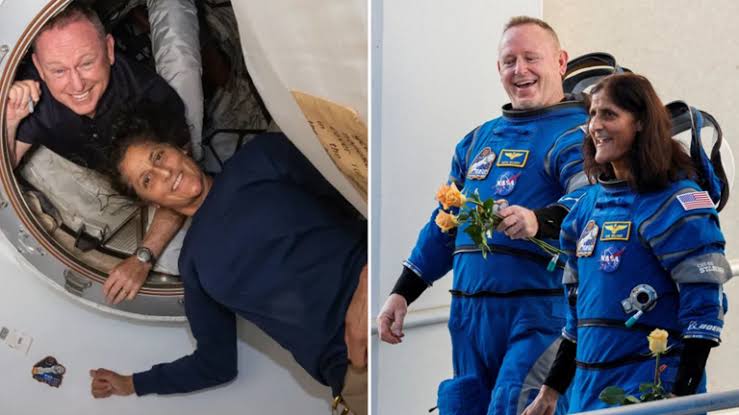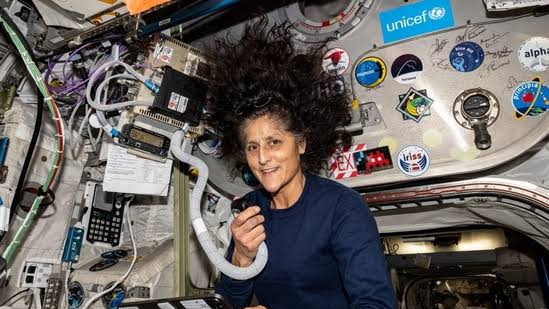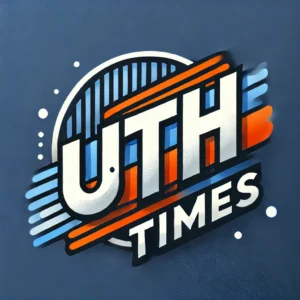SpaceX played a critical role in ensuring astronaut Sunita Williams and her colleague Butch Wilmore could return safely from the International Space Station (ISS) after their original return plan failed. Here’s how they contributed:

- Background of the Situation: Sunita Williams and Butch Wilmore were initially launched to the ISS aboard Boeing’s Starliner spacecraft for a short mission. However, technical issues—specifically thruster failures and helium leaks—made the Starliner too risky for their return, leaving them stranded on the ISS for longer than planned.
- SpaceX’s Involvement: NASA turned to SpaceX, which has a contract to transport crew to and from the ISS using its Crew Dragon spacecraft. To bring Williams and Wilmore back, SpaceX adapted its Crew-9 mission, originally scheduled to carry four astronauts.
- Mission Adjustment: SpaceX launched the Crew-9 mission with only two astronauts—NASA’s Nick Hague and Roscosmos cosmonaut Aleksandr Gorbunov—leaving two empty seats specifically reserved for Williams and Wilmore for their return trip. This adjustment transformed the mission into a rescue operation.
- Key Responsibilities:
- Providing the Crew Dragon: SpaceX prepared and launched the reliable Crew Dragon spacecraft, ensuring it was equipped for the mission.
- Docking and Safety: They ensured the spacecraft could successfully dock with the ISS and safely bring the astronauts back to Earth.
- Flexibility: By modifying an existing mission, SpaceX demonstrated its ability to adapt to unexpected challenges.
- Outcome: Thanks to SpaceX’s efforts, Williams and Wilmore, who have been on the ISS since June 2024, are scheduled to return in March 2025. This extended stay was made possible by SpaceX’s dependable solution when the Starliner couldn’t meet safety standards.

In short, SpaceX’s role was to provide a spacecraft, adjust their mission plan, and execute a safe return, leveraging their experience and the Crew Dragon’s proven track record to resolve a critical situation for NASA and the stranded astronauts.
